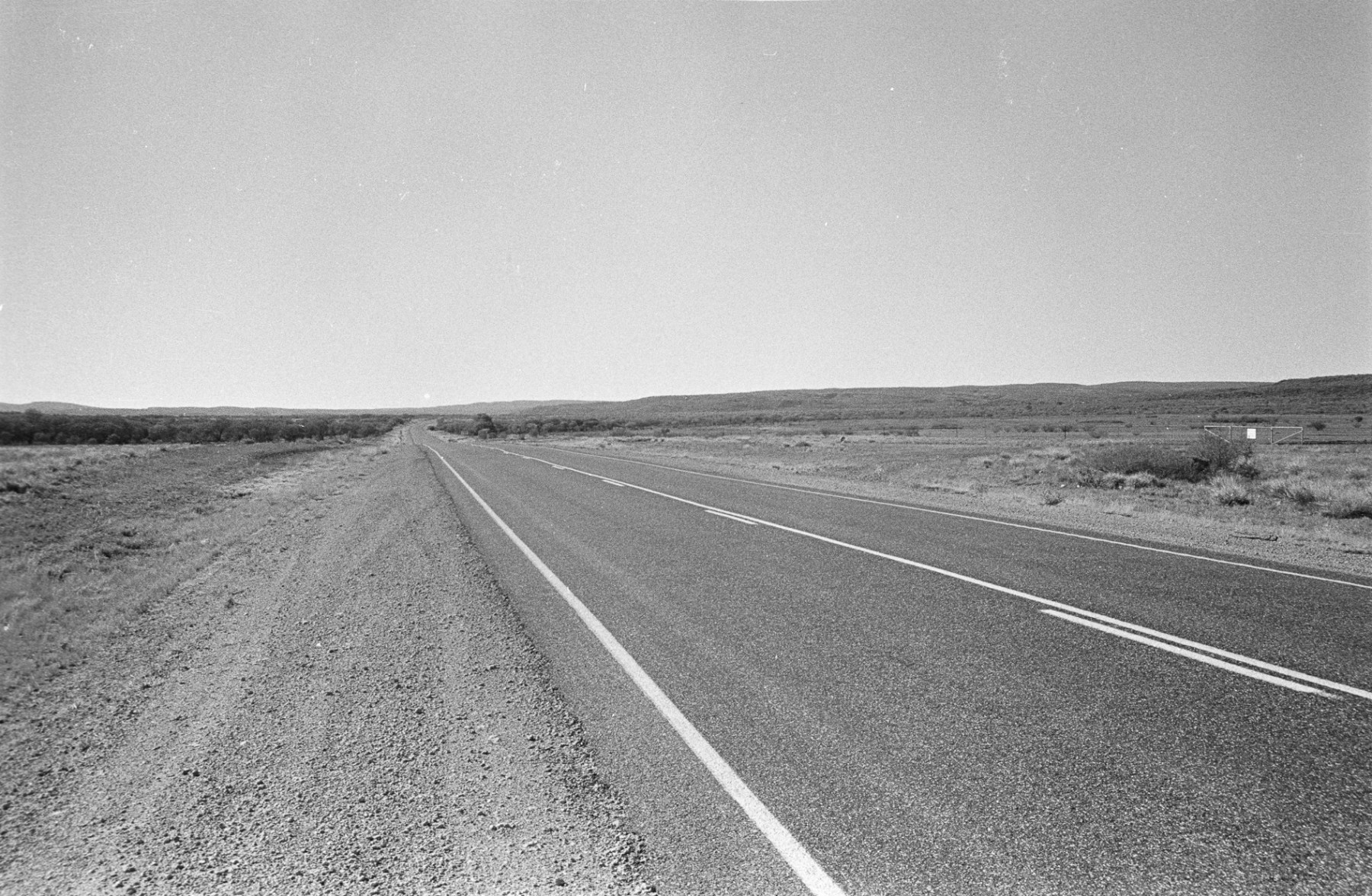On Thursday, June 22, the relocated International Center of Photography opened at its new home in New York City at 250 Bowery. As a photographer, the opening of this museum has been on my radar for a while now, and from what I’ve heard it does not disappoint. That is, unless you’re expecting traditional photography. The first exhibit is decidedly much edgier than that.
Called “Public, Private, Secret,” the New York Times says that this exhibit shows how the ICP has been renovated for the so-called “selfie age.” In its ultra-modern 11,000 square foot space, with an all-glass street-level facade (erasing any inside privacy) it would seem that the architecture matches the artwork in this respect.
Organized by Charlotte Cotton, the museum’s first curator in residence, “Public, Private, Secret” explores the way that public image collides with self identity. This, I think, is very fitting in an age where everyone with a smartphone has become a photographer and social branding expert in their own right. Rather than treating the everyday selfie as art, the work showcased is elevated and conceptual: cameras capture museumgoers and turn their images into a pixelated display, art is created out of found footage from social media, to name just two examples.
The ICP’s Bowery debut comes after a move from Midtown Manhattan, its home for many years. The museum has an interesting history: it was originally founded in 1974 by photographer Cornell Capa, who was concerned with upkeeping the legacy of what he called “concerned photography” — photography with a humanitarian impulse bent on having social impact on the world. Capa started ICP after leading the legendary Magnum Photos. Since ICP’s founding, it’s become one of the world’s leading institutions dedicated solely to photography and the visual arts.
The concerned photographer expresses “genuine human feeling predominates over commercial cynicism or disinterested formalism.” This opening exhibit is a portrayal of human feelings as they exist in a digital era, where the line between public and private is as thin as you want it to be, and sometimes erased altogether.
But what I find especially great about ICP is that it’s more than just a museum. I took my first formal photography courses there when the museum was based on the Upper East Side. Throughout its history, ICP has engaged the surrounding community, including schools and public programs, and photography is brought to the forefront instead of treated as an afterthought as you sometimes see in art museums. I can’t wait to visit ICP in its new home, as it continues to break boundaries and impact visitors through careful curation, outreach, and innovation.
This post was originally published on EdwardSappin.com
